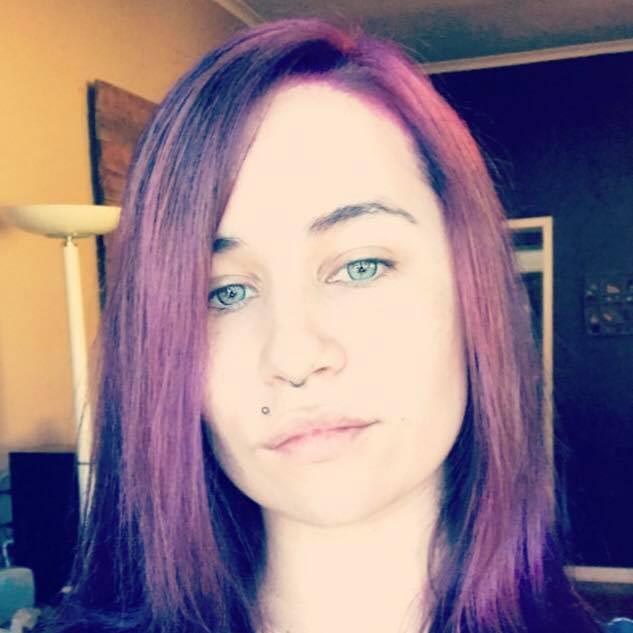Disney’s newest live-action Snow White, humorously dubbed “Snow Woke” by critics, has finally hit theaters. However, it has been anything but a box office success. Long before its release, the cast and crew made it clear that major changes were in store. Signaling to fans that this wouldn’t be the same Snow White they grew up with. “The original cartoon came out in 1937, and very evidently so,” said Rachel Zegler, who portrays the titular Snow White.
“There’s a big focus on her love story with a guy who literally stalks her. Weird. So we didn’t do that this time.” Instead, the film transforms Snow White into a “fearless leader,” diverging from the traditional love-driven princess, a shift that many fans argue strips away the film’s authenticity and reinforces the idea that desiring romance equates to weakness. Now that the movie has officially premiered, let’s explore all the changes that made it to the final cut. Warning! Spoilers ahead regarding the changes in Snow White.
1. We Actually See the Kingdom

Given the limitations of 1930s animation, the original film never fully showcased Snow White’s kingdom. In this live-action remake, however, the filmmakers use modern visual effects and set designs to bring the world to life. Viewers will see the kingdom in all its grandeur, particularly during the opening and closing musical sequences, giving a broader view of the villagers’ daily lives beyond Snow White’s perspective.
2. Dopey Talks!

A surprising twist for longtime fans is that Dopey, the silent dwarf from the original, finally speaks in this version. Voiced by Broadway actor Andrew Barth Feldman, Dopey finds his voice thanks to Snow White’s encouragement. By the film’s end, it’s revealed that Dopey has been the narrator of the story all along.
3. Snow White Leads a Revolution

Snow White’s defining traits—kindness and compassion—are amplified in this film. Instead of merely escaping the Queen’s wrath, she actively leads a revolution to reclaim her parents’ kingdom and restore justice.
With the dwarfs and a band of outlaws by her side, Snow White persuades the Queen’s guards to abandon their posts by reminding them of their past lives before the Queen’s tyranny. Her leadership is rooted in empathy rather than brute force.
4. Snow White’s Backstory

The original film briefly touches on Snow White’s oppression under her cruel stepmother, but the remake dives deeper into her past. Audiences see Snow White’s parents as just rulers who personally baked pies for the villagers. The film also elaborates on how the Evil Queen manipulated her way into power following the death of Snow White’s mother. Additionally, instead of being named for her pale complexion, Snow White gets her name from the heavy snowfall that occurred at her birth.
5. A New Version of Whistle While You Work

In the 1937 version, Whistle While You Work plays as Snow White tidies up the dwarfs’ cottage, believing it belongs to seven orphaned children. This time, the song is a group number, performed by Snow White and the dwarfs as they clean together, incorporating new verses while still featuring familiar lyrics.
Read More: Disney Encouraged To Change Plot Of Snow White As It Promotes ‘Kissing Without Consent’
6. No Glass Coffin

One of the most iconic visuals from the original film is Snow White resting in a glass coffin after eating the poisoned apple. This adaptation takes a different approach. Instead, the dwarfs place her on a stone slab in the forest, covering her with a tent adorned with flowers.
7. No More Gooseberry Pies

Unlike the original, where Snow White lovingly bakes gooseberry pies for the dwarfs, this version eliminates the domestic aspects of her character. The absence of the pies symbolizes a shift away from traditional gender roles portrayed in the 1937 classic.
8. The Prince Is Now a Bandit

Gone is the fairytale Prince Charming—he’s been replaced by Jonathan, a bandit played by Andrew Burnap. Instead of appearing only at the film’s end, Jonathan meets Snow White early on, and their love story develops throughout the movie. Despite all the changes, the film still keeps the classic moment where his kiss awakens Snow White from her enchanted sleep.
9. Different Songs

While Heigh-Ho and Whistle While You Work remain, the film introduces several new songs, including Princess Problems, Good Things Grow, All Is Fair, and Waiting on a Wish. The latter stirring controversy among fans. However, classic songs like I’m Wishing/One Song and Someday My Prince Will Come have been cut, aligning with the film’s emphasis on Snow White’s independence over romantic longing.
10. The Evil Queen’s End

Villains in Disney films often meet dramatic ends, and this version is no exception. Unlike the original, where the Evil Queen falls to her demise, this adaptation takes a different approach. After Snow White leads her revolution, convincing the Queen’s guards to turn against her, the Evil Queen, once again obsessed with the Magic Mirror’s validation, asks who is the fairest. When the Mirror replies that it will always be Snow White, the Queen spirals into madness, smashes the mirror, and is ultimately disintegrated, getting sucked into its shards.
A Bold, Divisive Retelling

The changes in Snow White undoubtedly takes creative liberties that have divided fans. While some appreciate its fresh take and progressive themes, others feel it strays too far from the essence of the beloved classic. Whether audiences embrace this modern reimagining or reject it as an unnecessary overhaul, one thing is certain. The conversation surrounding Snow White is far from over.
Read More: Disney World Axing ‘Culturally Insensitive’ Character From Its Park After 50 Years

